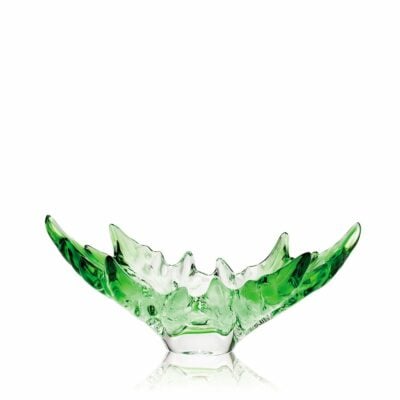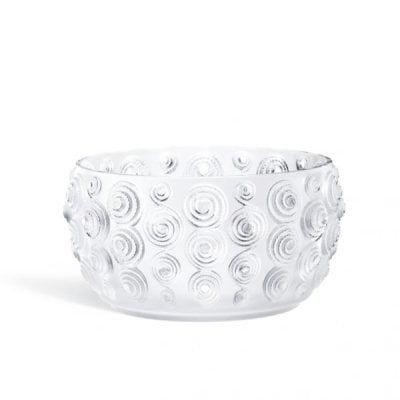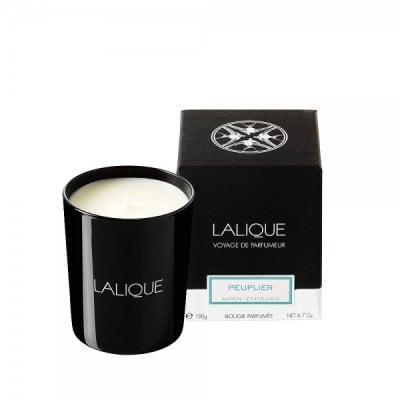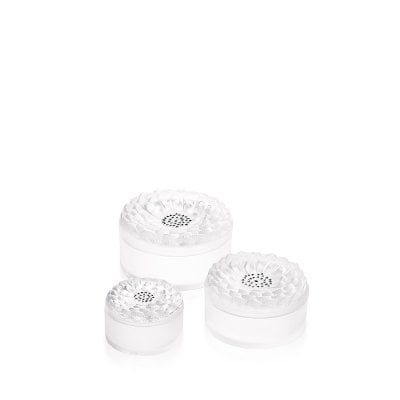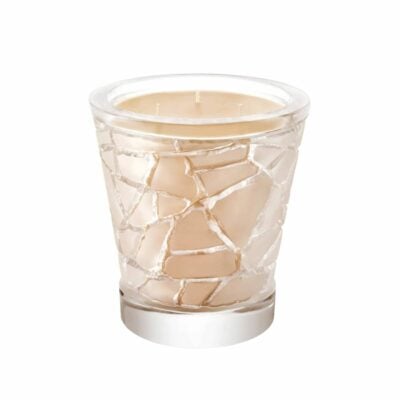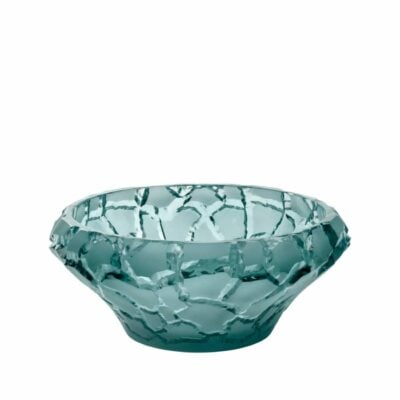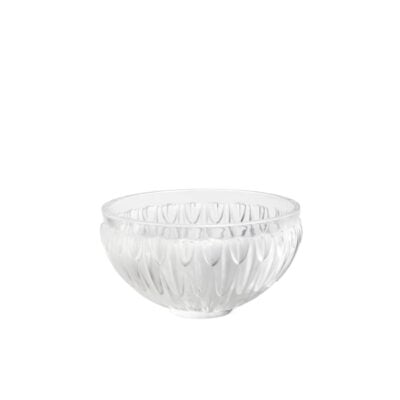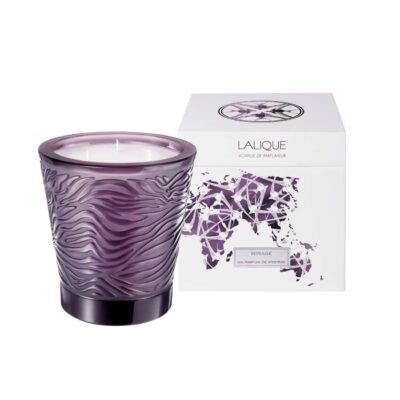Cups / Candle lanterns
At the Lalique workshops in Wingen-sur-moder, seven craftsmen have won the title Meilleur Ouvrier de France (MOF) in the glass- and crystal- making category. Discover the cups and candle holders signed Lalique France, handcrafted in France. Among the collection, beautiful editions of the genius artist René Lalique.
Showing 49–60 of 79 results
-
19x46xcm
-
16.5x14.5x23cm
-
3.5xx11.3cm
-
4x16x16cm
-
16xx14.5cm
-
12.1xx30cm
-
10.7xx20cm
-
16xx14.5cm
CUPS BOWLS CANDLE HOLDERS CRYSTAL LALIQUE :
CUPS BOWLS CANDLE HOLDERS CRYSTAL LALIQUE, Discover the cups and candle holders signed Lalique France, handcrafted in France. Among the collection, beautiful editions of the genius artist René Lalique : such as the Tourbillon cup, Mossi votive … And new collection such as the Anemone collection (2016).
At the Lalique workshops in Wingen-sur-moder, seven craftsmen have won the title Meilleur Ouvrier de France (MOF) in the glass- and crystal- making category. Two work in the hot glass workshops, five in the cold glass workshops. The quest to earn this title, delivered by the French Ministry of Education to reward excellent craftsmanship, represents a professional challenge deserving of the highest admiration.
All of his René Lalique kept some models made of bronze, cast iron and plaster, which he considered to be his masterpieces.
These models were primarily those used in the composition of his most impressive pieces of jewelry, all of which had been commissioned by his great friend and patron Calousten Gulbenkian. Thanks to the generosity of Marie-Claude Lalique, granddaughter of the artist, these models can be found today in the Lalique Heritage Collection.
Created between 1898 and 1904, these models attest to the genius of René Lalique, who was first and foremost an exceptional sculptor. Working with his future father-in-law, Auguste Ledru, and his future brother-in-law, also named Auguste Ledru, both collaborators of Auguste Rodin, enabled Lalique to develop his mature style, which, although inspired by the Rodin style, was nevertheless intensely personal. Traditionally, the Fine Arts, or higher arts, were dissociated from the decorative Arts, or lesser arts. However, as early as 1894, Lalique exhibited a decorative art object, The Walkyrie, a book cover made of leather, silver and ivory, in the sculpture section at the Salon of the French Artists Society. Starting at that time, Lalique sought to imbue his jewellery with pictorial and sculpture qualities, a singular idea, which until then was unknown in the domain of jewellery

